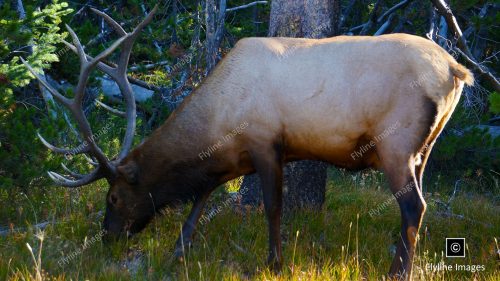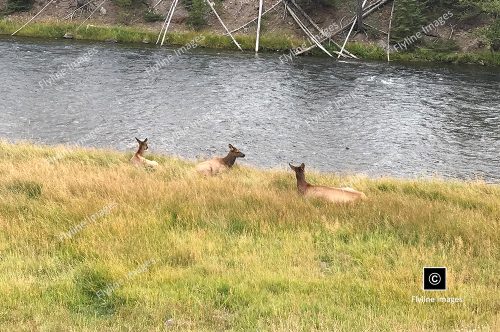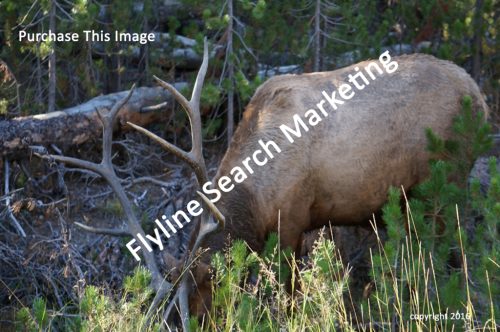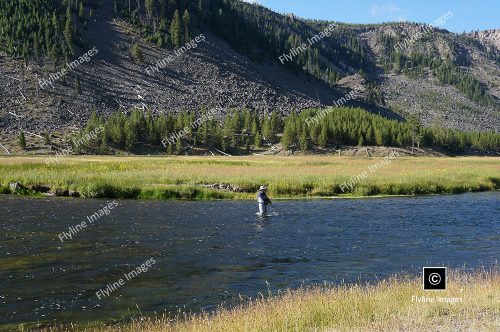This panoramic photo, taken in Yellowstone National Park. The big bull elk in Yellowstone Park are a fascinating and integral part of the ecosystem. These majestic creatures are among the largest members of the deer family, with males (bulls) growing impressive antlers that can span up to four feet across.
Bull Elk DSCN 1322 P
$10.00
Description
This panoramic photo, taken in Yellowstone National Park. The big bull elk in Yellowstone Park are a fascinating and integral part of the ecosystem. These majestic creatures are among the largest members of the deer family, with males (bulls) growing impressive antlers that can span up to four feet across. The antlers are used during the rutting season to compete for mates, a spectacle that attracts numerous wildlife enthusiasts. Beyond their visual allure, bull elk play a crucial ecological role in Yellowstone. They influence vegetation patterns through their grazing, which in turn affects other species in the food web. Their presence helps maintain a balanced ecosystem, supporting species ranging from wolves, who depend on them as prey, to birds that feed on insects stirred up in the grass. This complex interaction highlights the bull elk’s importance in both the natural environment and the cultural heritage of Yellowstone.
The bull elk in Yellowstone Park have captured the hearts and minds of visitors for centuries. Native American tribes revered them as sacred animals, and early European explorers were amazed by their size and behavior. Today, with increased conservation efforts and responsible tourism practices, the population of bull elk in Yellowstone continues to thrive.
One of the most fascinating aspects of these creatures is their antlers. While they can weigh up to 40 pounds each, they are used primarily for display and dominance during mating season. As the largest land mammal in North America, the bull elk’s antlers serve as a symbol of their strength and power.
In addition to being a tourist attraction, bull elk play a vital role in the balance of Yellowstone’s ecosystem. Their grazing habits help maintain healthy vegetation and prevent overgrowth, which can lead to wildfires. The diversity of plants supported by their grazing also provides food for a wide variety of other species.
It is important to note that while bull elk may seem like peaceful creatures, they are still wild animals and should be treated with caution and respect in their natural habitat. Visitors to Yellowstone are reminded to keep a safe distance from these magnificent animals and never attempt to feed or approach them.
The bull elk in Yellowstone Park hold a special place in both the natural environment and cultural history of this iconic national park. From their impressive antlers and mating rituals to their crucial role in the ecosystem, these creatures continue to captivate and inspire all who have the opportunity to witness them in their natural habitat. By learning more about these magnificent animals and practicing responsible tourism, we can ensure that future generations will also be able to appreciate the beauty and significance of the bull elk in Yellowstone. So let us do our part in preserving this incredible species for years to come.
Image & Download Information
When you purchase this photo, you will be granted access to download the image. We have provided 1 image option, Large 1400 x 500.






